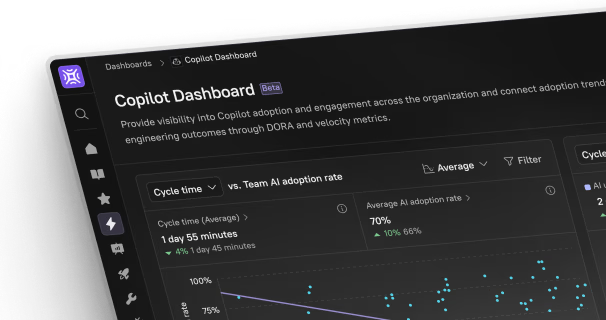Digital transformation in the Middle East and North Africa is moving faster than ever. Organizations want automation, insights, and speed—but they don’t always have enough developers or time. This is where AI-powered low-code platforms like Cortex give CIOs and business leaders a way to build smarter workflows without starting from scratch every time.
What Does AI Mean in a Low-Code Platform?
AI in low-code isn’t just a buzzword. It usually includes:
- Natural language design – describe a process in plain English or Arabic and let AI propose a draft workflow. flowwright.com+1
- Smart recommendations – suggest fields, rules, or integrations based on similar apps.
- Predictive insights – highlight bottlenecks or risks from historical data.
- Automation assistants – help non-technical users (“citizen developers”) configure flows correctly.
Modern low-code platforms are already using AI to help teams build applications faster and with fewer mistakes, especially when those teams are not full-time developers. Medium+1
Why AI + Low-Code Is a Big Deal for MENA Enterprises
Closing the Skills Gap
Many organizations in the region struggle to hire enough experienced developers. AI-assisted low-code:
- Reduces the amount of manual coding required
- Helps business analysts and process owners design solutions
- Frees senior engineers to focus on architecture and integrations
This combination increases overall delivery capacity without massively growing the IT headcount.
From Manual Processes to Smart Automation
AI can learn from:
- How long steps take
- Where requests frequently get stuck
- Which paths lead to successful outcomes
Then it can suggest rule changes, escalations, or routing improvements that make processes smarter over time.
Example AI Use Cases in Low-Code Workflows
- Prioritizing customer cases based on urgency and sentiment
- Routing approvals to the right managers based on risk level
- Suggesting next best actions for sales or support teams
- Flagging anomalies in finance or procurement workflows
Citizen Developers + AI
AI also empowers citizen developers—business users who build or modify workflows using low-code tools. Studies show that citizen development is becoming a practical strategy to scale AI’s business value, because these users are closest to real problems and opportunities. IEEE Computer Society+1
However, AI and citizen development must be governed properly to avoid security, data, or quality risks.
How Cortex Uses AI to Accelerate Automation
Cortex, Singleclic’s low-code and automation platform, brings AI into the heart of process design and optimization for MENA organizations.
AI Flow Builder
With AI Flow Builder, teams can:
- Describe a workflow in English or Arabic
- Get a draft process map with steps, roles, and basic rules
- Adjust and refine the flow visually using drag-and-drop tools
This reduces the time it takes to move from idea to working prototype, and helps non-technical users participate safely.
AI-Enhanced Decision Rules
Cortex can use AI models to:
- Score requests (e.g., high/medium/low risk)
- Recommend approval paths
- Suggest escalation thresholds or SLA targets
IT teams can then approve, override, or refine these recommendations, ensuring there is always human control.
Governance: Keeping AI + Low-Code Safe
Without proper governance, low-code and AI can easily lead to:
- Shadow IT
- Uncontrolled data flows
- Inconsistent security practices
Industry best practices recommend: Microsoft+2bizagi.com+2
- Clear policies on what can be built on low-code
- Role-based access control (RBAC) and SSO
- Review and approval workflows for new apps
- Continuous monitoring and auditing of apps and data usage
Cortex is designed to fit into such a governance framework, so AI remains an accelerator—not a risk.
Practical Steps to Adopt AI-Powered Low-Code
1. Start with a Simple, Real Process
Pick a workflow that is:
- Painful today
- Easy to understand
- Important but not yet mission-critical
Design it in Cortex, then use AI Flow Builder to create a first draft and refine it with stakeholders.
2. Define Guardrails with IT and Compliance
Agree on:
- Which data sources AI can use
- Who can publish or modify workflows
- How to review and test new automations
3. Measure and Optimize
Track:
- Cycle times
- Error rates
- User satisfaction
Use Cortex dashboards and AI recommendations to continuously improve performance.
References & outbound links
- FlowWright – Low-code + AI overview flowwright.com
- Forrester – Citizen development & AI Forrester
- Altamira – Rise of low-code & citizen developers Altamira
- Microsoft – What is low-code governance?
Learn more about our low-code services here: Singleclic Low-Code Development Services









